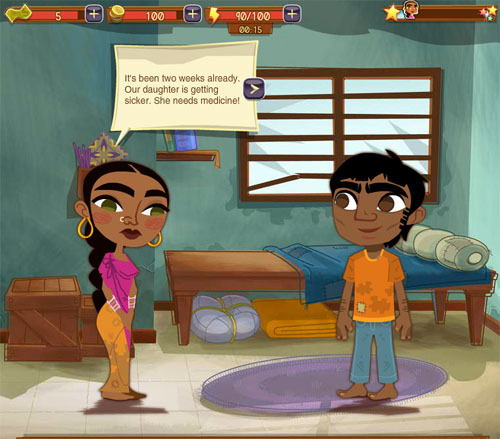
DOOM, DUKE NUKEM, ABE’S ODDYSEE, DRIVER, ENTER THE MATRIX……I watched as my husband and his business partners launched some of the biggest games in the world. “Is this just a guy thing?” I wondered. What about girls? Girls wanna play games too? “There is no market for girl games,” explained the male marketing director. “Oh really?” …..
Flash forward a decade or so. How do we feel about girls and games today? How do we feel about our STEM (Science, Technology, Engineering, Mathematics) issues? And how do we feel about using games to help students grasp difficult Math and Science concepts – games that let them actively engage with learning?
Today in The Global Search for Education, I am pleased to welcome Lucien Vattel, CEO and founder of GameDesk, and Asi Burak, President of Games for Change, to talk about Girls and Games.
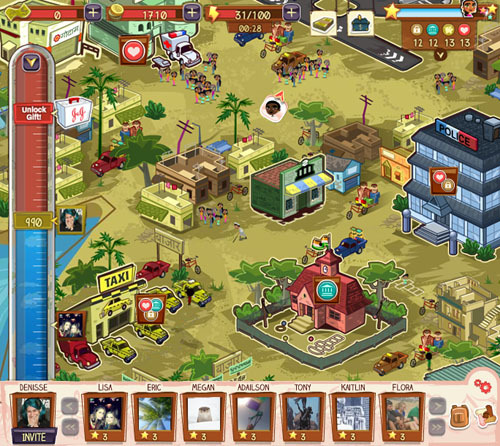
Are there games that promote STEM that are created for girls? What are some of the best learning games for girls?
Asi Burak: I belong to the camp that believes that the games industry only scratches the surface in terms of potential mainstream audiences, and the breadth of issues and genres we can tackle, beyond what we’re seeing today. Fortunately, some developers and publishers recognize the huge opportunity and necessity to address girls, especially with STEM games. Our only barriers are legacy, public perception and norms. A good example, and relatively new, is PBS’s SciGirls – a TV show that is accompanied by online games and activities: http://www.pbs.org/parents/scigirls
There are also bold efforts that directly aim at ‘converting’ girls into game developers, designers and coders such as Girlstart (http://www.girlstart.org), Girls Who Code (http://girlswhocode.com), and the initiative by Dell and the Girl Scouts called Be The Game Developer: http://forgirls.girlscouts.org/makeagam/
What these efforts have in common is the belief and understanding that girls and women MUST be part of this emerging medium, both as consumers and as creators.
Lucien Vattel: There are many games currently designed, particularly in the science and math areas, where female perspective is definitely taken into the design. There aren’t a lot of girl-focused games, but definitely the design-learning type games — what we call mobile sandbox type games — are targeted to girls, especially in the design and engineering process. Look at the effort being made in MineCraftEdu, for example – the amount of girl contributions is highly significant. The different sandbox type games that are out there now put kids in a position to openly design and explore, and a lot of the inventor games have kids construct Rube Goldberg or simple machines. There’s a fantastic game called Newton’s Playground that focuses on bridging natural creativity to engineering and has shown a lot of promise with the girl population.
On the bright side, there is more debate around this than ever before, and more programs and products that try to change the equation. So I’m optimistic, but it may take longer than we’d like.
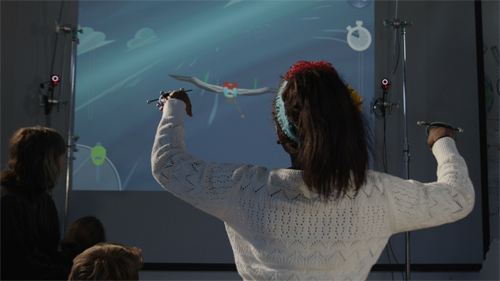
Generally speaking, games are mostly developed by men and most of the big game companies are run by men. Do you think that has an impact on the appeal of the end product? Do you think there are any strategies that might be used to make the end product appealing to both girls and boys?
Asi Burak: I am confident it has a tremendous impact. The Game Developers Conference (GDC) brings together in San Francisco more than 20,000 game developers every year to discuss and engage with the latest and most exciting ideas around game design and development. However, when I look around, 90% of the attendees are white males. People in the industry speak about the lack of diversity more than ever before, but change is slow. According to the last figures I’ve seen, only 10% of the folks who work in the games industry are females. If you dig deeper and look for hard-core coders or designers, you would find only 3-4% females. Naturally, that affects the types of games being developed. It’s a chicken and egg cycle – if girls don’t find games that speak to them, and are not encouraged to become “gamers”, then there is less incentive for the big publishers and developers to make products for them.
Lucien Vattel: Without a doubt. That is absolutely the case. However, in the general independent games arena, there’s been a lot of really fantastic, unique and different games that come out of girl development groups and girl-driven design groups. That hasn’t completely permeated the education space yet, but there’s an incredible amount of designers who are women. I think if you look at a game called Reach for the Sun, there were a lot of female designers on that game. So, I think the strategy to create games appealing to both boys and girls is simple — hire more women/girls.
What do you think of the Google initiative to encourage girls to code? Will it help?
Asi Burak: Absolutely. I was really happy to learn that Robin Hunicke, who keynoted the 2013 Games for Change Festival, is one of the faces of the Google campaign: http://killscreendaily.com/articles/ex-journey-producer-robin-hunicke-welcome-face-googles-effort-reach-girls/. We need big efforts and aggressive campaigns to change the very imbalanced picture. It’s great to see Robin, Leigh Alexander, Jane McGonigal, Brenda Romero and other thought-leaders emerging and changing the public perception of what the games industry is all about and what games are. At the Games for Change Festival, 50% of our speakers are females. Part of it is our intention, but the other part has to do with more females pushing the boundaries of the medium. We partnered with Nicholas Kristof and Sheryl WuDunn on “Half the Sky Movement” to create 4 games specifically designed around the empowerment of women and girls. Perhaps the best evidence that change is coming: our Facebook game has reached over 1.3 million players, and 80% of them are females. There is a clear demand for high quality experience for women and girls; we just need to make sure we change the supply side.
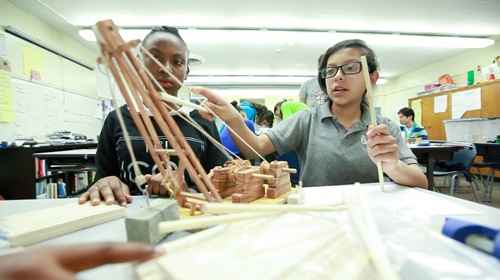
Lucien, can you tell us about games specifically related to developing math and science skills?
Geomoto focuses on earth science and geoscience through two games: Continental Drift and Plate Tectonics. This is an interactive set of games that uses LEAP Motion technology to teach players about these scientific concepts.
Continental Drift is a puzzle game that encourages players to recognize patterns and use information to make hypotheses, test theories and use reverse engineering techniques to understand geological models. The students’ mission is to return present day Earth to its Pangea state.
We’ve found that the LEAP Motion technology, which tracks hand movement, resonates with female students, and they are more easily able to grasp difficult scientific concepts by engaging in natural, physical movements. Plate Tectonics allows students to virtually create geographic features by pulling, smashing and grinding tectonic plates together. This game also uses the LEAP Motion Controller, allowing players to produce the motion of the plates using hand gestures. Initial challenges focus on exposure to the vocabulary surrounding plate tectonics, with later levels requiring specific observations about the structures created from the plate collisions. Mathmaker is a remedial math program that has a long history of helping at-risk students attending large urban schools struggling to reach proficient levels in mathematics. Students engage in a carefully structured series of game-making activities that require them to grapple with and apply mathematic standards in game design, game logic, and game programming activities. The curriculum is designed to improve students’ mathematic proficiency, increase students’ motivation in math, and positively impact students’ STEM identities. Mathmaker was used in a pilot program in a California high school, and the data demonstrated strong quantitative and qualitative results, with an increase of an average of 20 percent on mathematics proficiency tests. Additionally, 80 percent of students posted math content improvements from pre to post-tests. The Mathmaker program allows students to create their own games by applying mathematic principles, and this allows students to create and produce games they want to play. When given the tools to create games, we found female students to be incredibly creative, and we actually hosted a games course at a Southern California high school specifically for female students. We not only learned that a lot of girls were interested in games and game development, but also that the games they created had to do with social, cultural and emotional interactions, which is a growing market in the video game industry focusing on female players.


Photos are courtesy of GameDesk, Half the Sky Movement and Games for Change
For more info on GameDesk: http://gamedesk.org/
For more info on Games for Change: http://gamesforchange.org/festival/
Join me and globally renowned thought leaders including Sir Michael Barber (UK), Dr. Michael Block (U.S.), Dr. Leon Botstein (U.S.), Professor Clay Christensen (U.S.), Dr. Linda Darling-Hammond (U.S.), Dr. Madhav Chavan (India), Professor Michael Fullan (Canada), Professor Howard Gardner (U.S.), Professor Andy Hargreaves (U.S.), Professor Yvonne Hellman (The Netherlands), Professor Kristin Helstad (Norway), Jean Hendrickson (U.S.), Professor Rose Hipkins (New Zealand), Professor Cornelia Hoogland (Canada), Honourable Jeff Johnson (Canada), Mme. Chantal Kaufmann (Belgium), Dr. Eija Kauppinen (Finland), State Secretary Tapio Kosunen (Finland), Professor Dominique Lafontaine (Belgium), Professor Hugh Lauder (UK), Professor Ben Levin (Canada), Lord Ken Macdonald (UK), Professor Barry McGaw (Australia), Shiv Nadar (India), Professor R. Natarajan (India), Dr. Pak Tee Ng (Singapore), Dr. Denise Pope (US), Sridhar Rajagopalan (India), Dr. Diane Ravitch (U.S.), Richard Wilson Riley (U.S.), Sir Ken Robinson (UK), Professor Pasi Sahlberg (Finland), Professor Manabu Sato (Japan), Andreas Schleicher (PISA, OECD), Dr. Anthony Seldon (UK), Dr. David Shaffer (U.S.), Dr. Kirsten Sivesind (Norway), Chancellor Stephen Spahn (U.S.), Yves Theze (Lycee Francais U.S.), Professor Charles Ungerleider (Canada), Professor Tony Wagner (U.S.), Sir David Watson (UK), Professor Dylan Wiliam (UK), Dr. Mark Wormald (UK), Professor Theo Wubbels (The Netherlands), Professor Michael Young (UK), and Professor Minxuan Zhang (China) as they explore the big picture education questions that all nations face today. The Global Search for Education Community Page
C. M. Rubin is the author of two widely read online series for which she received a 2011 Upton Sinclair award, “The Global Search for Education” and “How Will We Read?” She is also the author of three bestselling books, including The Real Alice in Wonderland, is the publisher of CMRubinWorld, and is a Disruptor Foundation Fellow.




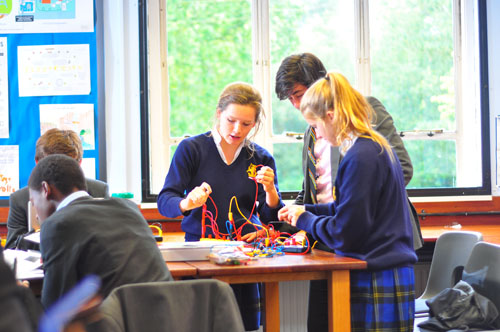
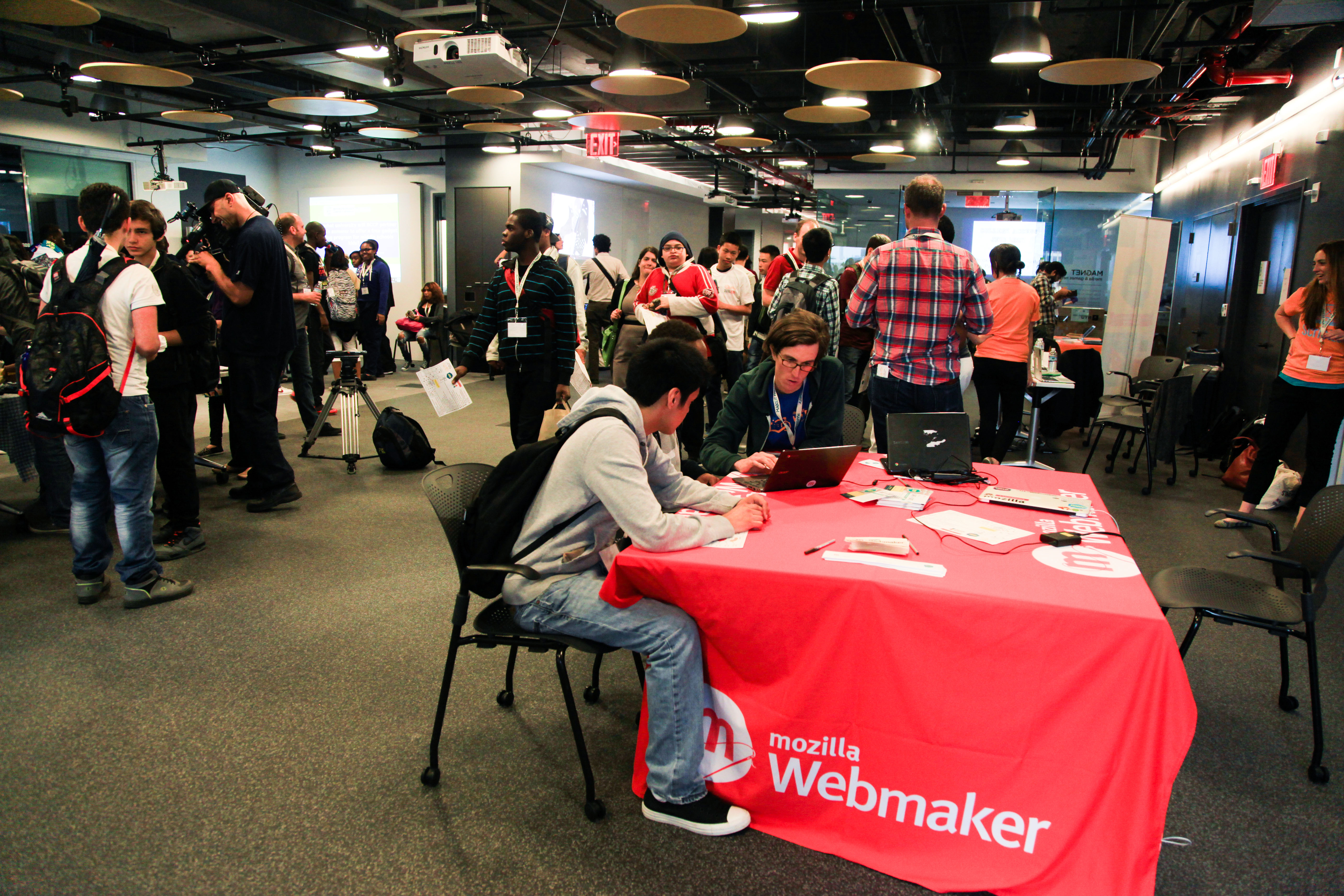
Recent Comments